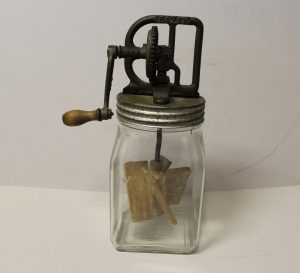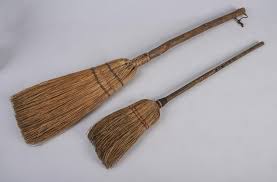
| The Austerlitz Historical Society is proud to host Jack Sobon, an architect and master craftsman, who will deliver three talks, April 14th, 21st and 28th, on the history and development of timber framing in New York and New England. The series of talks entitled: The Hidden Secrets of Your House and Buildings: English or Dutch? will be of especial interest to owners of historic houses built before the late 1800s and will examine the two predominant techniques used to erect houses and buildings at the time: English and Dutch. The choice of technique can reveal much about the ethnicity of the builder and the house’s original owner. The third talk, The English Barn, will be of particular interest to barn owners and enthusiasts. Jack Sobon is one of the leading experts on traditional timber framing in the United States. Sobon has published four books (among them: Historic American Timber Joinery, A Graphic Guide and Hand Hewn: The Traditions Tools, and Enduring Beauty of Timber Framing) and numerous articles on the subject and has lectured extensively. A founding director of the Timber Framer’s Guild of North America and the Traditional Timber Frame Research and Advisory Group, Sobon has devoted his 41-year career to understanding the craft of timber framing. A graduate of the Rhode Island School of Design, Sobon teaches and consults internationally on traditional building structures and timber-framing techniques. He is currently restoring a Dutch house recently discovered in Hillsdale, NY. Talks are free of charge and will be presented via Zoom (if you haven’t used Zoom, it’s simple and free to use, and we have instructions on our Talks page). Each of the three talks requires a separate registration. To register for any or all of the three talks go to our website and REGISTER HERE. |
An Exciting Season at ART AUSTERLITZ
| Last year we held our inaugural show of contemporary art at Art Austerlitz, the new gallery housed in the historic 1853 Austerlitz Christian Church at Old Austerlitz. The juxtaposition of contemporary art in the historic setting was stunning! This year the gallery will hold it’s first full season with five spectacular shows curated by Ryan Turley. |
 |
| The initial show, Throwing Shapes, opens May 1, 2021 with an opening reception from 12 noon – 4 pm. Works by Ruth Freeman, Joan Grubin, and Ghost of a Dream will be exhibited. The show will run May 1 – May 23. |
 |
| Opening on June 5, 2021 solo works by Liz Nielson will be exhibited. Liz Nielsen’s work is a contemporary application of one of the best known and most engaging avant-garde photographic processes, the photogram, whereby an image is created without a camera by placing objects directly onto photographic paper and exposing them to light. The exhibit will include photograms and sculptural explorations and will run through June 27th. |
 |
| Line, Mass, Form opens on July 3rd and will run through July 25th. Artists include Stuart Farmery, Zach Neven, Alon Koppel, and Eric Wolf. PATTERNS opens August 7th and runs through August 29th with artists: Will Hutnick, Will McLeod, Mark Olshansky, and Padma Rajendran. ROUTINES is a solo exhibit of work by Dana Piazza and will open on September 4th and run through September 27th. |
 |
 |
| In addition to these five shows, we also have a few surprises in store! Sculptures will be placed on the grounds of Old Austerlitz and there will be a special exhibit in the Morey-Devereaux Barn. Throughout the season we will update you on these artists and shows. For information on dates and times of upcoming shows check the Art Austerlitz page on our website. |
Notes From MRS. RUNDELL:
| Mrs. Frank Rundell, Sr. wrote a column for The Chatham Courier, focused on life in Spencertown, from the 1940’s through 1972. |
 |
The Peddlers Return
| Some of us remember the days when come spring, we heard the cheery notes of the fish peddler’s horn, as he sold from door-to-door the night’s catch of herring; or the fumbling sound of the tin peddler’s cart as he came bumping along over the rutty roads when he made his first spring visit. The tin peddler never heralded his approach with a horn or the peculiar sing-song voice of the city rag man. Oh no, his was a dignified entrance. For weeks, women had been looking out the kitchen door and windows for this big, jolly, fat man, and his big, fat horse and his big, red, wagon that held such treasures. All winter rags had been sorted and put in burlap bags. The white rags brought more money than the colored. Came a warm spring morning, word was passed along, mayhap by a farmer taking his grist to the mill, that the tin peddler was on his way. And so it was… women were waiting beside the road with the winter’s accumulation of rags and paper to exchange for glassware, brooms, and tins. Of course, the pack peddler also made his first spring appearance and was a welcome guest because at some places he spent the night and slept in the woodhouse chamber. A story is told of one of these peddlers, evidently a new one in this section, and Sam Mallory, who lived in Punsit many years ago on the present Helmrath place. The peddler had come into the house and opened his pack, spreading its contents on the kitchen floor as was their way of doing. Sam Mallory was a large, white-haired man, evidently rather severe looking, but fond of his joke. So, ruffling up his white hair, he came into the room, whetting a huge butcher knife, and shouted, “Some folks say I’m crazy but I’m not.” The terrified peddler, leaving his pack, was out the door and gone before anyone could stop him. |
 |
| The fish peddler was looked for and welcomed. The taste of fresh fish was relished after a winter diet of mostly pork and salt mackerel. But fish had to be fried and the familiar, heavy iron frying pan had to be washed, so the tin peddler meant something new after looking at the same old things all winter. Even if only bread tins, they were bright and shining. Also with the coming of spring, along with these various peddlers, came the Singer sewing machine man, who drove from Albany with a horse and business wagon, carrying a sewing machine in the back. There is at least one of these machines in this town today that was bought from this man, and it is still going strong. Then there was the loud-talking, swashbuckling fellow driving a mule team “clippety-cloppin” along selling an improved cookstove, The Home Comfort. He, too, had one of his stoves in the back of his wagon. One of the improvements was the oven door that opened from the top. This man would demonstrate the sturdiness of this kitchen wonder by throwing the lids against a stone wall or any hard object that was handy, and opening the oven door and standing on it. And so we come to the time when every once in a while some woman would get the urge to have some new silver, a Morris chair, desk, or other articles too numerous to mention, by getting up a Larkin soap order. You were visited at your home and asked to buy the Larkin products. These articles were many and varied. There was a soap powder…the name is forgotten…but it was one of the first, along with Pearlene. |

| The toilet soap was called Larkin Modjeska. A young man who lived in this town, on being asked by one of these Larkin solicitors, would he not like to buy some of his wonderful smelling toilet soap, replied, “No thank you, we have a large barrel of soft soap in the woodshed which I much prefer.” The prizes obtained in this way were good, the furniture sturdy and well-made. Some of it is still in use in homes in this town. The teacher’s desks in the schoolhouse were obtained in this manner, by a teacher and two or three pupils. A certain-type “settin’ room” Larkin desk was seen recently at one of the town auctions. It was standing among some broken furniture looking lonely and forlorn, but oh, so familiar. Putting aside the thought to pass it by unnoticed, as you might pass a disreputable person you knew, you stop and say, “Hello, how are all the folks?” If it could have spoken it would have said, “Not so good, there are only a few of us left.” Mr. Larkin has long since gone to his well-deserved rest, the last tin peddler came through this town many years ago, and it’s longer still since we saw the last pack peddler. The sellers of stoves and sewing machines are also gone, along with all the rest of the ways of doing things in yesteryear. |
 |
UPDATES
| We would like to welcome Wendy Diskin and Barbara Perlmutter to the Board of Trustees. Wendy has volunteered at Old Austerlitz/Austerlitz Historical Society for many years and has served as a board member in the past. Barbara has also volunteered for many years and this will be her first term serving as a board member. Will there be a Blueberry Festival? The staff and board continue to monitor the situation. As of this date such large gatherings are not permitted by NY State. |


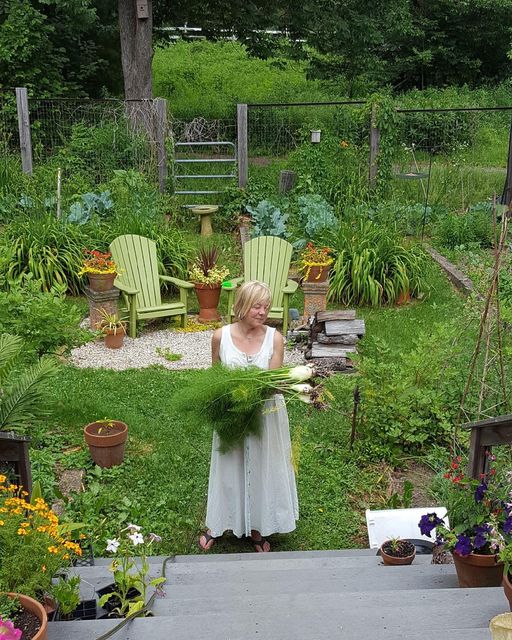
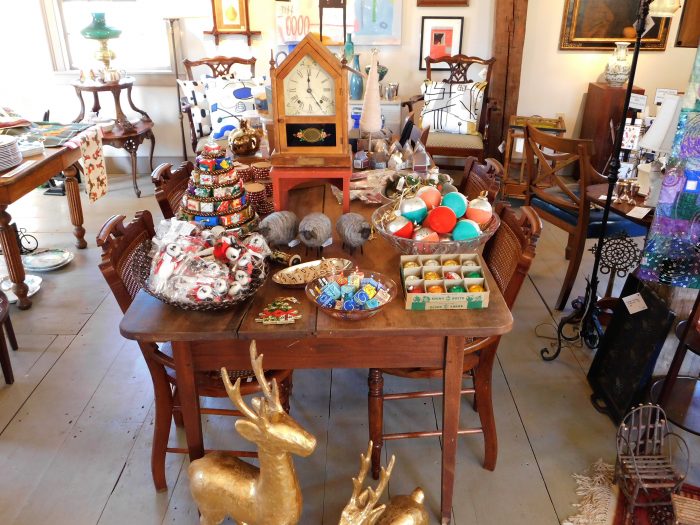
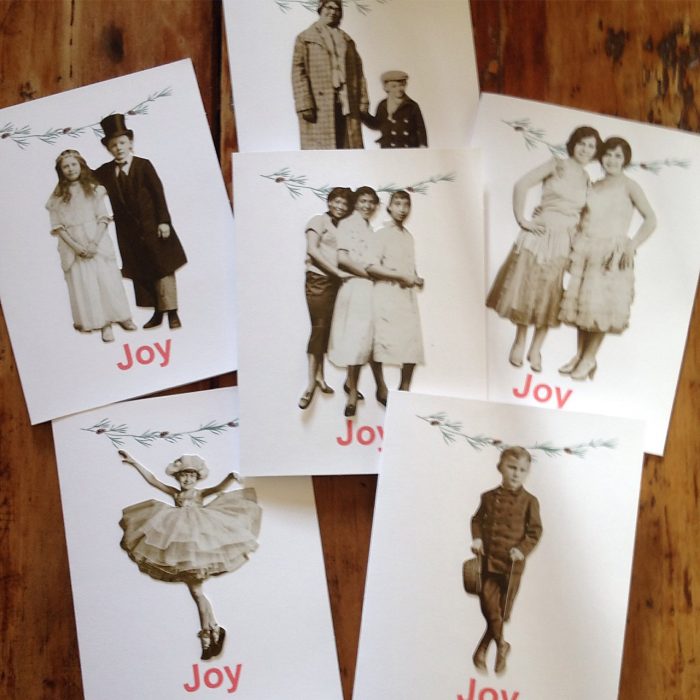







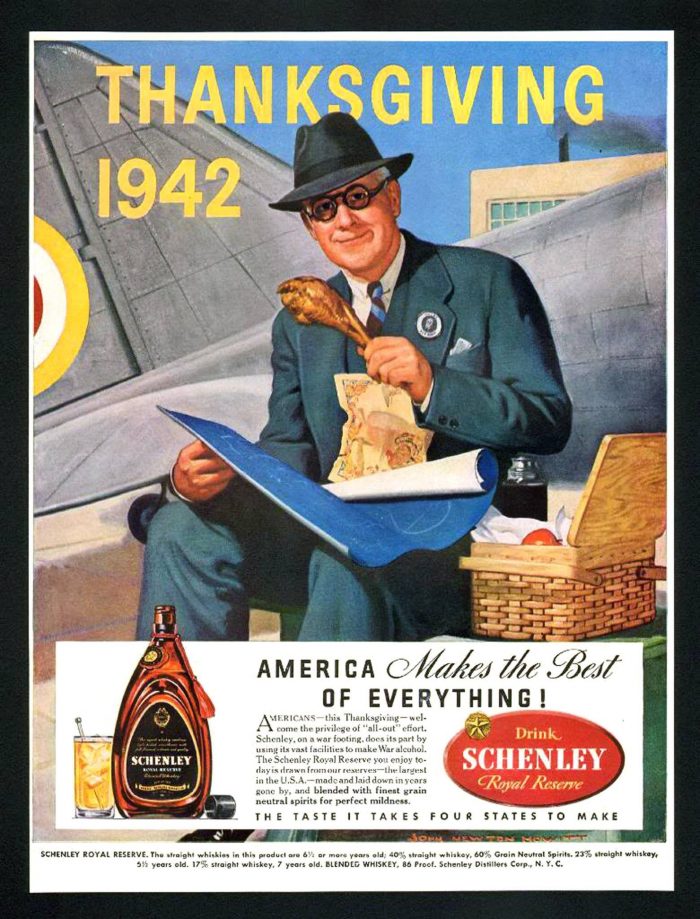





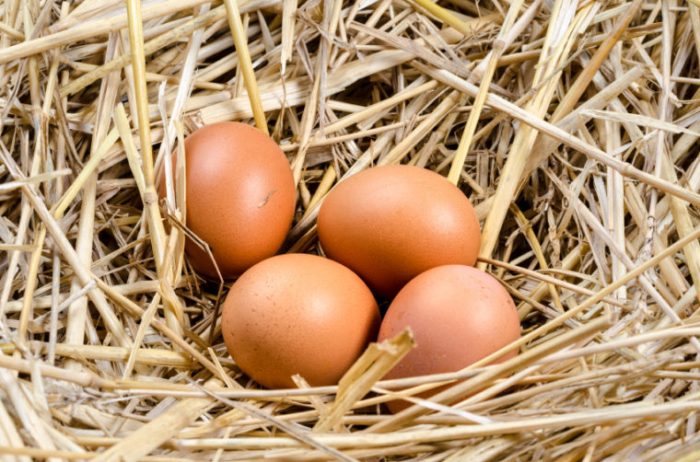


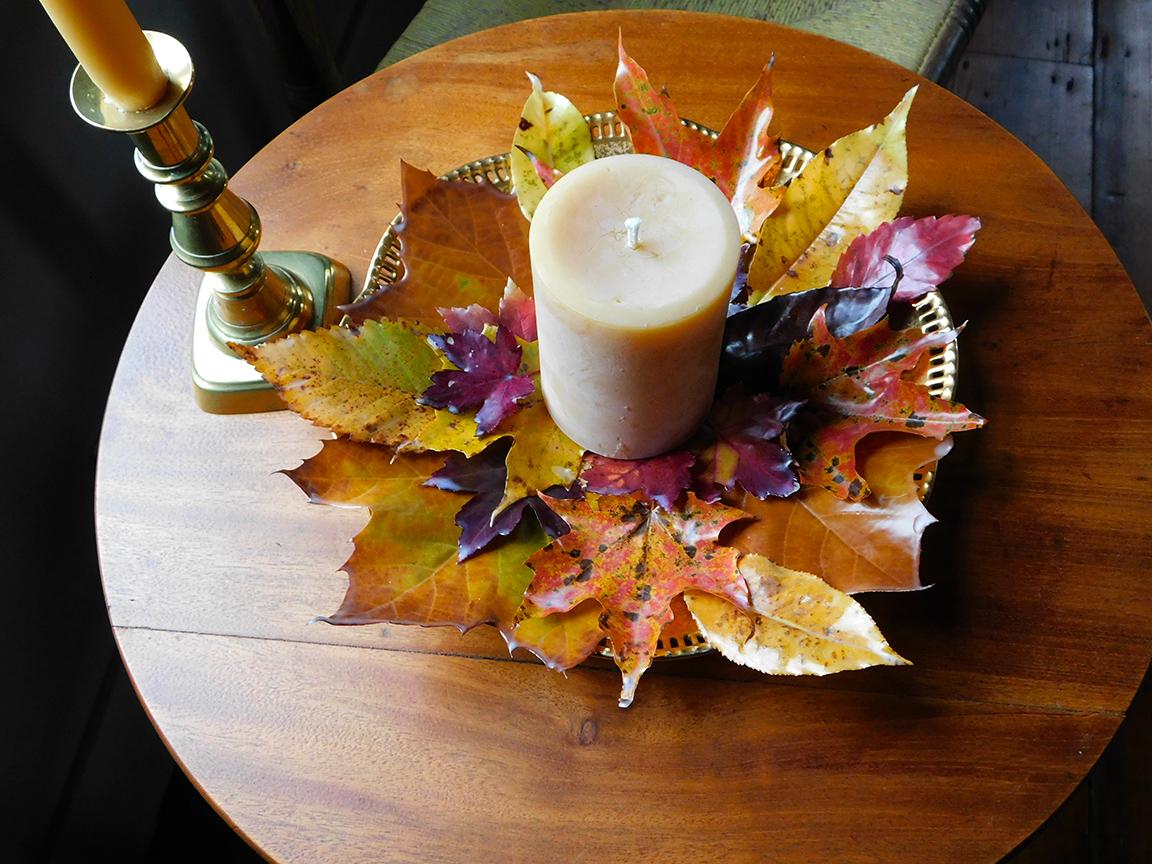 We were looking for some natural autumn decorations and came across the idea of waxed leaves! It is very inexpensive, easy to do, and looks beautiful. The leaves will keep their color and shape throughout the season. Here we have a simple arrangement in the Morey-Devereaux House.
We were looking for some natural autumn decorations and came across the idea of waxed leaves! It is very inexpensive, easy to do, and looks beautiful. The leaves will keep their color and shape throughout the season. Here we have a simple arrangement in the Morey-Devereaux House.






























